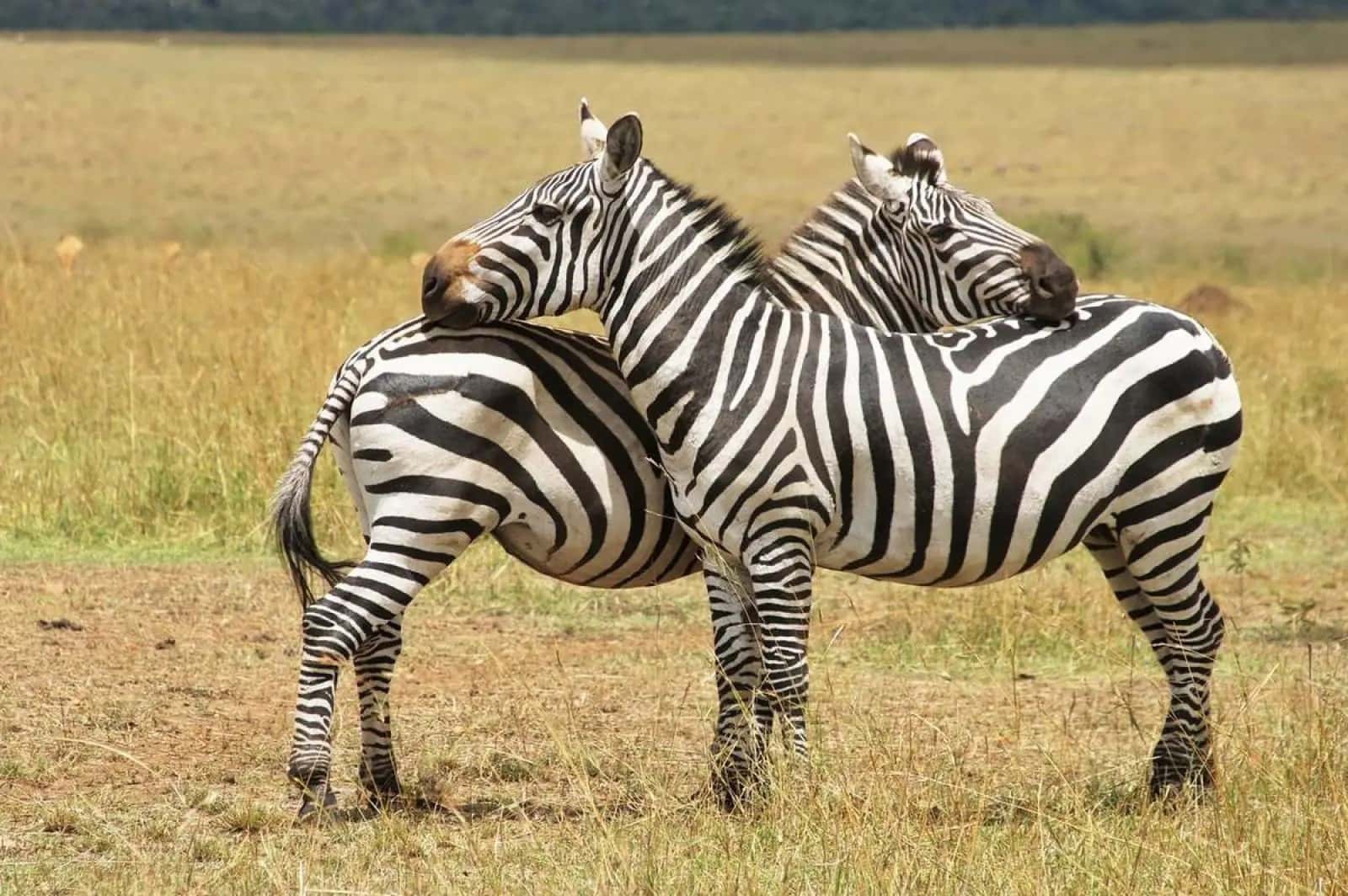
Human males are typically about 15% taller and heavier than females. Similarly, male lions and gorillas are much larger and stronger than their female counterparts. Since the days of Charles Darwin, the assumption has been that males are typically larger than females across the mammalian kingdom. However, a new study that compared male and female body masses across 429 species in the wild challenges this bias.
In the vast majority of cases, males aren’t larger than females. In fact, in many species, males and females are about the same size. There are examples of males larger than females and females larger than males (like in the case of the northern elephant seal), but neither is the norm.
This finding not only sheds light on the diversity of mammalian life but also highlights the potential biases that have shaped scientific understanding for decades.
Understanding size differences in mammals
Historically, the presumption of larger males has been supported by selective focus on certain taxa and by using broad, often arbitrary measures of dimorphism. Sexual dimorphism refers to the differences in size, shape, color, or other characteristics between males and females of the same species, often driven by the pressures of sexual selection.
Researchers led by Kaia Tombak, a postdoctoral evolutionary biologist at Purdue University, embarked on a new analysis of the body masses of 429 mammal species in the wild. The new study leverages recent large datasets and more balanced taxonomic representation to offer a nuanced view of sexual dimorphism in mammals. Interestingly, while male-biased dimorphism exists, it is not as universally predominant as once thought.
They found that species such as lemurs, golden moles, horses, and zebras often exhibit similar sizes between genders. Only 45% of the mammals involved in the study feature larger males. An almost equal portion of these species (39%) exhibit no significant size difference between sexes, while females are larger in 16% of the cases.
This discovery contradicts the common narrative and suggests a more complex interplay of factors influencing body size, including mating competition and reproductive strategies.
Beyond Bias in Research
The study points to a bias in scientific literature towards more “charismatic” species, such as tigers, orangutans, and orcas, where male dominance in size is more pronounced. This focus has overshadowed the vast majority of mammalian species, like rodents and bats, where significant size differences between sexes are less common. Interestingly, in about half of all bat species, females are larger than males.
Each species is shaped by the evolutionary pressure of their environments, but also by things like sexual selection and interspecies competition. For instance, in some species, males can be larger than females because males compete to mate with females, and bigger males are more likely to win. However, some species are incentivized to produce larger females. The “big mother” hypothesis, for instance, suggests that larger females could have a reproductive advantage, capable of bearing and nurturing more successful offspring. Female whales, which are significantly larger than males, fit this pattern.
In challenging the status quo, this research opens up new avenues for exploration and understanding, promising a richer and more accurate depiction of the natural world. As we delve deeper into the study of life on Earth, embracing complexity and diversity in all its forms remains a guiding principle for scientific inquiry.
“Shifting the framework of sexual selection research away from the presumption of larger males opens up a set of interesting questions for future investigation and or the advancement of theory,” wrote the researchers in the journal Nature Communications.






